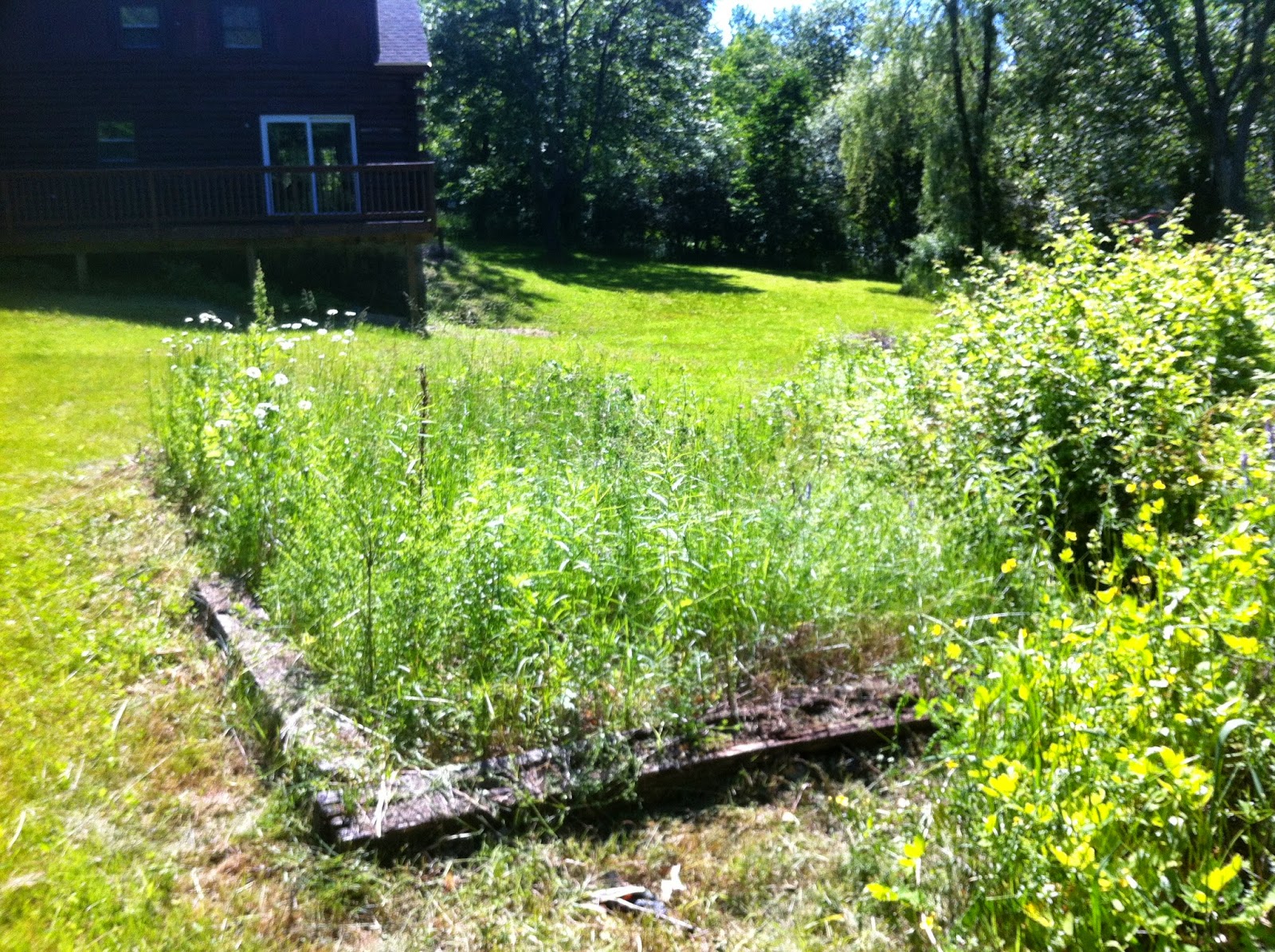Those of you who know me from elsewhere already know that fiber arts are a big part of my life. I am constantly knitting and crocheting, and I have a huge passion for ethical angora. I'm always looking for new projects, and share many of my original patterns on Ravelry.
This project is one of my more useful innovations. As a former apartment gardener, I can always use more plant containers, and with a new foster bunny in the house, I needed to get more greens growing. I decided to solve the problem with my current fiber obsession - plarn. Plarn is a type of plastic yarn that is easy to make at home out of old shopping bags. For those of you unfamiliar with the process, you can check out my YouTube tutorial video below.
For this project, you'll need plastic shopping bags, scissors, a size H crochet hook, and a food-safe epoxy of your choosing (I chose non-toxic hot glue). I use roughly seven shopping bags per flower pot. They're a good size for kitchen herbs with a 4-inch diameter and a depth of 3.5 inches.
Create Magic Loop
Row 1:SC 8 in loop
Row 2:2 SC in each stitch around
Row 3:*SC, 2 SC in next stitch. Repeat from * around.
Row 4:*SC in next 2 stitches, 2 SC in next stitch. Repeat from * around.
Row 5:*SC in next 3 stitches, 2 SC in next stitch. Repeat from * around.
Row 6:*SC in next 4 stitches, 2 SC in next stitch. Repeat from * around.
Row 7:*SC in next 5 stitches, 2 SC in next stitch. Repeat from * around.
Row 8:SC around, working in back loops only.
Row 9:SC around.
Repeat Row 9 until the desired depth has been achieved.
Now, because it's crocheted, there are still holes in the sides that need to be closed up. They're less problematic on the bottom, where they offer drainage, but it's less ideal to have water and soil coming out the sides of the pot. At first, I tried using several different kinds of food-safe paints and sealants, but nothing did quite what I was looking for. I found that the best solution was to add an interior lining. Using the discarded bag handles and the chosen epoxy, apply a layer of plastic to the interior walls of the pot.
If you're going to be using the planting containers inside, you'll want to protect your surfaces from water damage. If you're lazy, it's easy enough to put a sheet of plastic beneath the container, or you can use plarn with the same technique to make a base!
Create Magic Loop
Row 1:SC 8 in loop
Row 2:2 SC in each stitch around
Row 3:*SC, 2 SC in next stitch. Repeat from * around.
Row 4:*SC in next 2 stitches, 2 SC in next stitch. Repeat from * around.
Row 5:*SC in next 3 stitches, 2 SC in next stitch. Repeat from * around.
Row 6:*SC in next 4 stitches, 2 SC in next stitch. Repeat from * around.
Row 7:*SC in next 5 stitches, 2 SC in next stitch. Repeat from * around.
Row 8:*SC in next 6 stitches, 2 SC in next stitch. Repeat from * around.
Row 9:*SC in next 7 stitches, 2 SC in next stitch. Repeat from * around.
Row 10:SC around, working in back loops only.
Rows 11 - 15:SC around.
Once that's complete, bring the epoxy back out to cover the base with plastic from the bag handles, the same way you covered the interior of the pot. Feel free to overlap, almost like you're working with paper mache. Alternatively, you could use mod podge to decoupage the base, but that may be difficult with the textured surface. I haven't tried it yet.
Finally, you have the option to add color. Sometimes I enjoy the aesthetic of the bare plarn, but it can also be very attractive to brighten it up with some paints. You'll want to avoid any water-based paints, as these will break down and disappear as you water the plant. Instead, opt for an oil paint.

